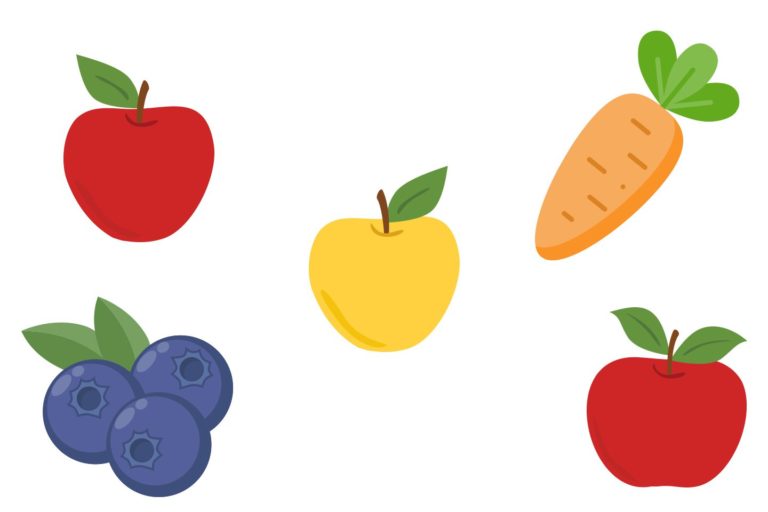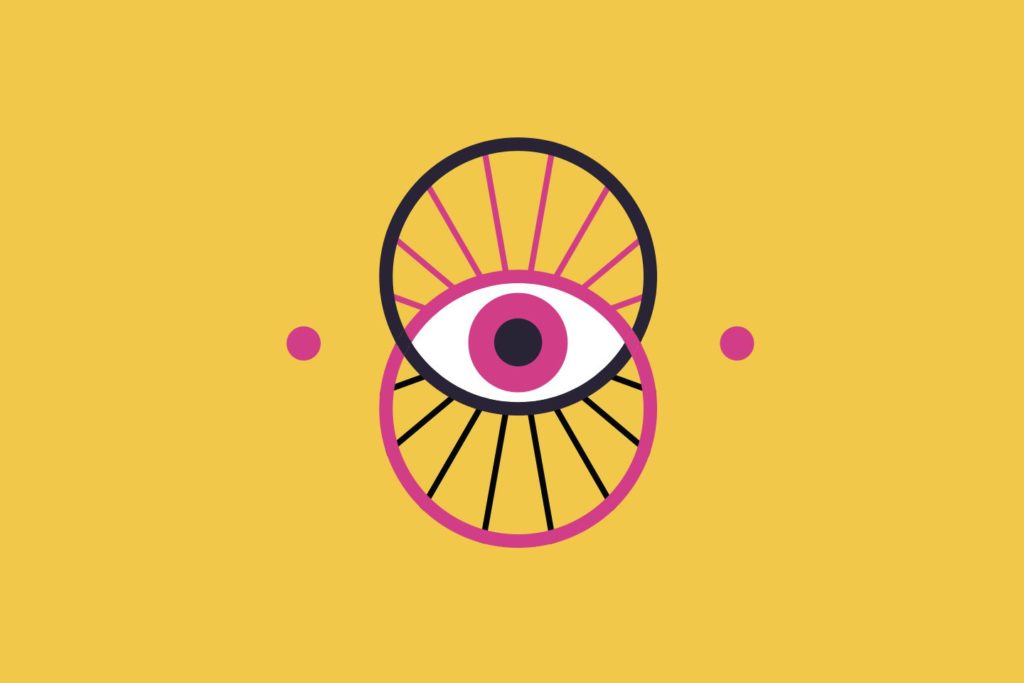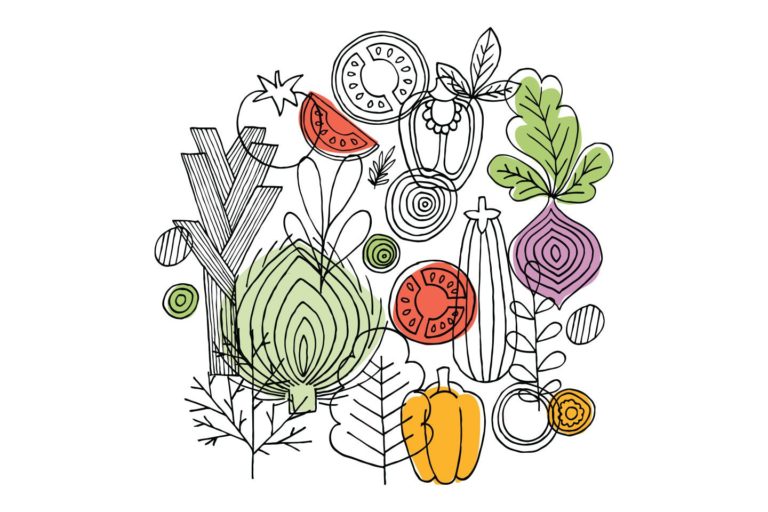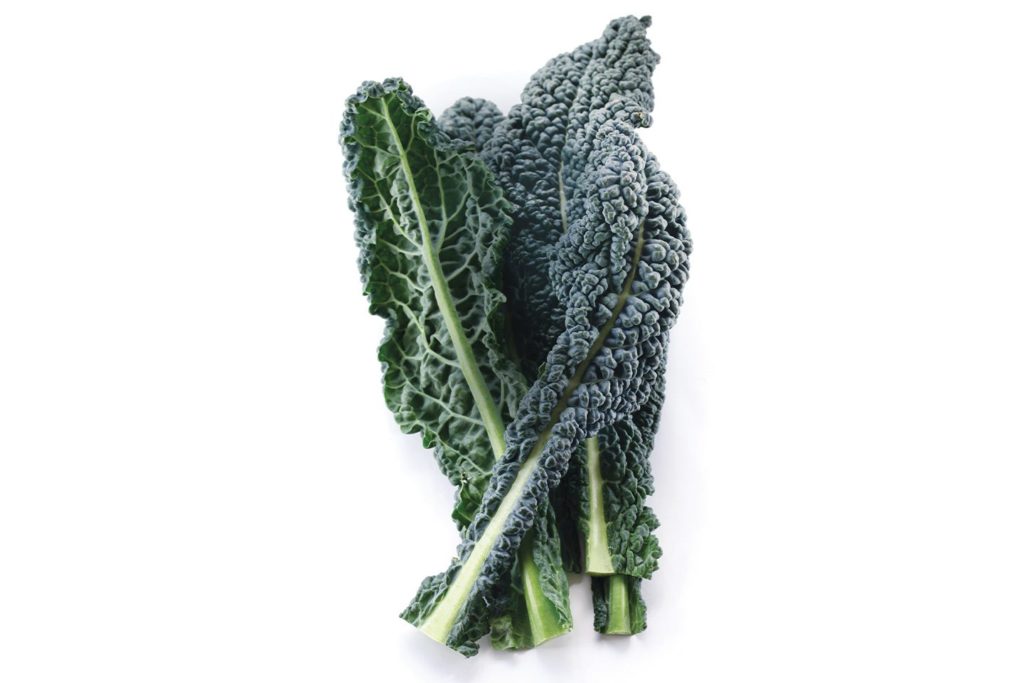For Moms
Selecting a Sitter: Making Sure Your Choice of Babysitter Sits Well With You
When you’re walking the fine line between the desire to get out of the house and do something kid-free and the hesitation of leaving your little ones in someone else’s care, the best solution is to find an awesome babysitter. But how do you do this? Here are some ways to screen potential sitters and what to do once they’re left alone with your children.
- Network and ask around. The best babysitters are ones who come recommended. Investigate, inquire, and don’t be afraid to check references.
- This goes without saying, but carefully look at your sitter’s past experience and qualifications – such things as previous babysitting jobs, maturity level and personality, and any relevant training.
- Let the babysitter meet your kids and see how they interact.
- Go over details with your new sitter, from what your children are allowed to do (think TV time or having friends over) to specific preferences (no crusts on their PB&J?) to bedtime hours. Also, make sure to leave emergency numbers and a number where you can be reached.
- Get a review from your children after the fact. They have seen the babysitter in action firsthand, and it also helps if they like the sitter. So, their opinion really counts.
Snacks in a Snap: Fast and Delicious Munchies for Kids
From after-school snacks to refreshment duty for your kid’s soccer team, there are many times when you’ll need to prepare some small bites for the children in your life. If you need a little munchie motivation, here are a few quick, easy, and tasty goodies that you can whip up in no time.
Carrots and Hummus
This snack is no-effort and sure to please. Just pick up a container of hummus (or make your own) and a bag of baby carrots, and you’re good to go.
Frozen Blueberry Yogurt Bites
Cover individual blueberries in yogurt and freeze. Done!
Pizza Toast
Put bread slices on a cookie sheet and top with pizza sauce, mozzarella, and additional toppings (such as mini pepperonis) as desired. Bake until the cheese melts.

Peanut Butter Apple Slices
Cut an apple into round slices, and then remove the core from the center of each slice to form an apple ring (for added pizazz, use a cookie cutter to get a fun-shaped cutout in the middle). Spread peanut butter on an apple slice, add raisins, and top with another slice to form a sandwich.
Turkey and Veggie Pinwheels
Spread vegetable cream cheese on flour tortillas. Top each one with sliced turkey and fresh spinach. Roll up and slice into 1-inch pieces.
For Her
Wide-Open Eyes on the Open Road: How to Avoid Traveling Tired and Stay Awake While Driving
There are many reasons you might find yourself tired behind the wheel, from a long drive to monotonous scenery. Drowsy drivers not only risk falling asleep, but their alertness and reaction times are also affected. The best rule is to never drive tired, but if sleepiness sneaks up on you while you’re on the road, here are some tips to stay safe.
- Pull over and take breaks. If parked in a safe area, get out for a short walk. Do some simple exercises to wake yourself up or take a quick nap.
- Choose healthy and energy-rich snacks. Most roadside gas stations sell fresh fruit and nuts that can give you a boost, while those tempting chips and candy can actually induce fatigue. Caffeine – such as a hot coffee or tea – can also help for short periods. Chewing sugar-free gum is another useful stay-awake option.
- Don’t drive alone. Driving with someone else means that you can swap out drivers when one of you is tired. It also gives you someone to talk to, which will keep you more alert. If no one else is in the car, call someone (hands-free of course) to chat.


- Use good judgment. Don’t drive late at night or when you’re already tired. And if you’re just too sleepy to keep going, don’t. Find a hotel and get back on the road once you’re well rested.
A Laughing Matter: Laugh Your Way to Good Health
Things that are funny tend to make us feel good – but laughter is good for us in ways that go beyond just the enjoyment provided by a great joke or amusing Facebook meme. Here are a few benefits of laughing that ought to put a smile on your face.
- If you’ve ever laughed until your stomach hurts, you might not believe it – but laughter can help your body naturally relieve pain.
- Did you know that laughing intensely for an hour can burn as many calories as lifting weights for 30 minutes?
- Laughing provides health benefits for your heart, lungs, and muscles.
- Laughter helps you feel less stressed and more relaxed.
- Laughter can help you ward off illness by improving your immune system.
- Laughter increases endorphins and can improve your mood. It even fights depression and anxiety and encourages happiness.


- Laughing can bring you closer to other people, make you feel good about yourself, and help you better cope with circumstances.
- She who laughs last, lives longest? Some studies suggest that a good sense of humor can help increase your lifespan!
For Him
Tips for the Long Run: Training for a Marathon
Is running a marathon on your bucket list? Whether you’re a seasoned runner who just hasn’t gone the full distance yet or a newbie only starting to get moving, you’ll need to prepare before completing your first 26.2. Here are some training tips that will have you up and running in no time.
- A good marathon training program takes at least four months. Count on running three to five times per week, gradually increasing your distance over time, and including one longer run weekly. Use your non-running days for other forms of exercise and to allow your body to rest. Consider a trial run (literally) with some shorter races, such as an organized 5K or 10K event, to practice for the big one.
- Depending on your fitness level and goals, decide if you’re going for a particular time or just aiming to cross the finish line, no matter how long it takes. Keep your goals realistic and attainable.


- Good shoes are crucial! Make sure you have the right ones.
- Leading up to race day, eat healthy high-carb meals, hydrate, and taper your training runs.
- There are plenty of apps out there that can guide you through daily run distances, necessary nutrition, reasonable running times, and more.
Do or Diet: Diets Offering More Than Just Weight Lost
For some, diets are a way to lose weight or build muscle, but they can also simply be about life choices and healthy eating. Here is a list of several popular diets that go beyond just slimming down or calorie-counting.


Keto Diet
Originally created for children suffering from epilepsy, the keto diet requires eating low-carb, high-fat foods, such as meat, eggs, cheese, and avocados. By reducing their carbohydrate intake, keto dieters believe that the reduced glucose (sugar) levels in the blood will cause the body to burn fat instead. Keto may also help fight heart disease, cancer, Parkinson’s, and Alzheimer’s.
Mediterranean Diet
Based on what people traditionally eat along the Mediterranean coast, the diet by the same name is heavy on plant-based foods, including fresh fruit, vegetables, grains, and seeds, along with fish and a limited amount of dairy. It is known for improving overall health and fighting disease.
Raw Food Diet
This diet is all about natural foods – specifically, plant-based, preferably organic, non-processed foods, often uncooked. Raw fooders believe that the diet helps them feel better, both mentally and physically, and keeps them healthy.
Paleo Diet
With the paleo diet, people eat like the cavemen ate, consuming “hunter gatherer” foods such as lean meats, fish, fruits, vegetables, nuts, and seeds. The motivation behind this diet is a return to eating simple, whole foods. Paleo may also help control blood pressure and appetite and lower triglycerides.
For the Whole Family
All Hail the Kale!
There’s a reason that kale has reached the upper echelons of superfood status. It’s low-calorie, nutrient-rich, high in antioxidants, cancer-fighting, and mineral-packed. In fact, kale just might be one of the healthiest foods on earth. Here are some of kale’s best qualities.
- Kale is a leafy green that is a cousin of cabbage. In just one cup, it has nearly seven times the recommended amount of vitamin K and double the amount of vitamin A, along with many other vitamins and minerals.
- Kale can reduce cholesterol and help fight heart disease.
- It contains compounds that lower the risk of certain cancers.
- Kale is also high in beta-carotene, calcium, and potassium and has more vitamin C than an orange. Therefore, kale supports bone health, lowers blood pressure, and fights diabetes.
- It’s good for your eyes!


- Kale is versatile and fits in many recipes. Try it sautéed, baked into chips, blended in a smoothie, made into a pesto, mixed in a soup, or as a topping on pizza or the base for a salad.
Don’t Worry About a Sting: How to Treat Jellyfish Stings
Nothing ruins a fun day at the beach like a jellyfish sting. While the majority of the approximately 2,000 jellyfish species are ocean-dwellers, freshwater jellyfish do exist, and some can be found here in Tennessee. If you’re planning any time in the water this summer, this information on treating jellyfish stings might come in handy.
What to do if you get stung:
1. Get out of the water and treat the sting immediately.
2. Remove any remnants of tentacles – or the stinging cells within, which are known as nematocysts – using tweezers. These stinging cells remain active while on the skin, so wear gloves. Rinse the skin with vinegar and soak it in hot water for 30 to 40 minutes.
3. Often, the pain of the sting will eventually turn to intense itching. Any discomfort can be treated with hydrocortisone cream or an antihistamine. Cold packs and pain relievers such as ibuprofen can also help, as may hot water.


4. Certain jellyfish are especially dangerous and can even be deadly, and some people are especially sensitive to jellyfish stings or may be allergic. If a sting seems to be causing a more severe reaction, call 911 or head to the ER.

